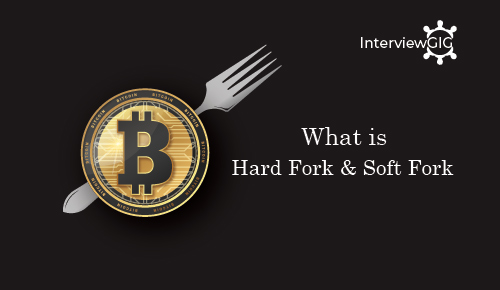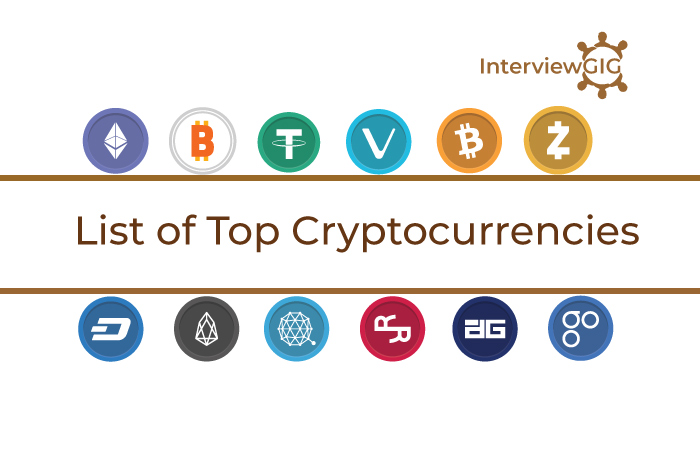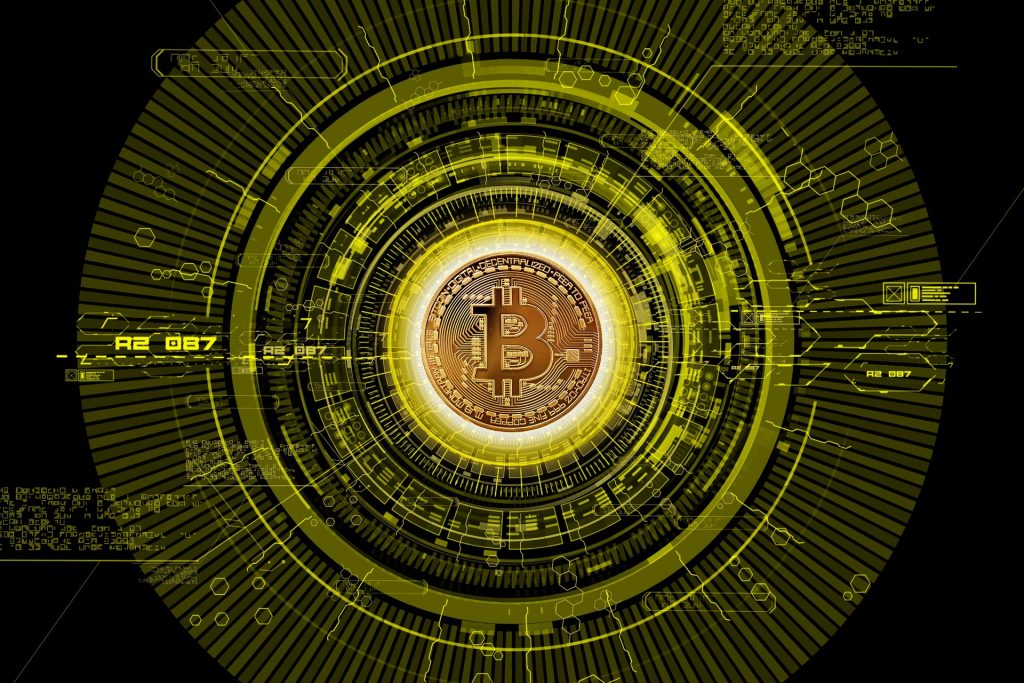What is Hard Fork and Soft Fork?
The blockchain technology is going to change our world. This blockchain technology is adopted by some of the European countries and banks for a fast and secure transaction of money and cryptocurrencies.
Bitcoin was the first cryptocurrency launched but these days there are more than hundred of cryptocurrencies exits. Lots of people are making money through mining and bargaining cryptocurrencies. The cryptocurrency industry has boosted the market of such devices with which anybody can mine Bitcoins and other cryptocurrencies.
These devices are called ASIC hardware and one can easily buy them online. If you want to do mining you can buy quality ASIC hardware from top UK stores or US stores online.
Well, well, well, here in this post we are not going to talk about cryptocurrency or blockchain. Today we will discuss the term “Hard Fork” and the mechanism of how it works.
If you have heard the term Hard Fork for the first time then this post is really going to be beneficial for you. In simple words, it can be described as a process of splitting a single cryptocurrency into two. But how it splits and how does the whole process takes place?
First of all, you must know what the term “Fork” actually is is.
To maintain the history of blockchain all the parties or nodes included in the blockchain need to use a common protocol or rules. In order to upgrade and reduce the effects of catastrophic bug and hacking on a blockchain, the protocols or rules need to change. Simply Fork can be described as a change in Blockchain Protocol.
In Cryptocurrencies world, there are two main important forks: Hard Fork and Soft Fork

What is Hard Fork?
A Hard fork can be defined as a change in the protocol which makes previous transactions or blocks invalid. If somehow the older version exists or runs they will surely end up with a different data and protocol compared to the newer ones resulting in a possible error in the near future.
When both the older and newer version exists using the old and new software respectively, then a split occurs. When the split occurs there are two paths created in the blockchain. The new path follows the upgraded software, on the other hand, the old path follows the same old software.
Usually, after this splitting, the old blockchain realizes that its version is irrelevant or outdated and automatically upgrades it to the latest version available.
How Hard Fork occurs?
A hard fork can occur in two different ways; either it will be “planned” or “contentious”.
As the name suggests a planned hard fork is created by the permission of the developers. All the nodes agreed to upgrade the blockchain software to the latest version available resulting in a lower chance of fork split.
Whenever all the nodes not get agreed with the rules during implementing the hard fork, a contentious hard fork occurs. A split in the blockchain occurs due to contentious hard fork.
What Soft Fork?
In the case of the soft fork, the newer blocks get recognized and validated by the old software. Compared to hard fork, the soft fork does not require an agreement from all of the nodes to upgrade the software. It can be done by the majority of miners enforcing to upgrade the new rules.
When the miners accidentally violate the new consensus rules using the no upgraded nodes, a temporary divergence occurs in the blockchain resulting in occurrence of a soft fork. In this way, soft fork also occurs.
Bottom Line
Over the past few years, the term “cryptocurrency” has gained huge popularity. A peer to the peer blockchain financial system was introduced in 2008 in which the users don’t need to trust the third party institutions for making transactions.
With the advanced blockchain technology, online transactions can be more secure. Some banking institutions are working on making their banking systems more efficient by using the blockchain technology. Most notably the blockchain technology of Stellar and Ripple is one of the most used blockchain technologies.





